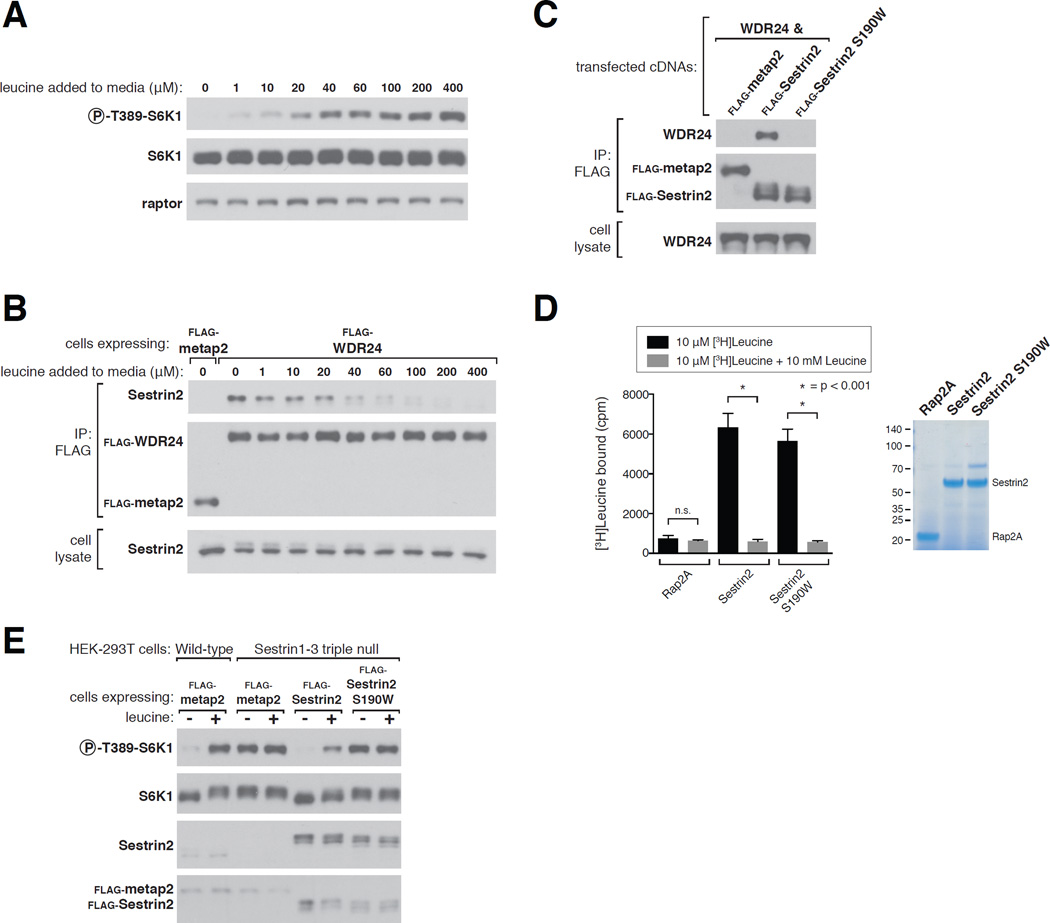Figure 3. Sestrin2 regulates mTORC1 through GATOR2.
A) Effects of varying leucine concentrations on mTORC1 activity, as measured by the phosphorylation of S6K1. HEK-293T cells were deprived of leucine for 50 minutes and restimulated with leucine at the indicated concentrations for 10 minutes. Cell lysates were analyzed via immunoblotting for the indicated proteins and phosphorylation states.
B) Effects of varying leucine concentrations on the Sestrin2-GATOR2 interaction. HEK-293T cells stably expressing the indicated proteins were starved as in (A) and FLAG immunoprecipitates were collected. The immunopurified complexes were treated with the indicated concentrations of leucine and then analyzed as in Figure 1C.
C) Decreased GATOR2-binding capacity of the Sestrin2 S190W mutant. FLAG immunoprecipitates were prepared from HEK-293T cells transiently expressing the indicated proteins and were analyzed by immunoblotting for the indicated proteins.
D) Determination of leucine-binding capacity of Sestrin2 S190W. Assays were performed and immunoprecipitates analyzed as in Figure 2A.
E) In Sestrin1-3 triple null cells expressing Sestrin2 S190W the mTORC1 pathway cannot sense the absence of leucine. Wild-type HEK-293T cells and Sestrin1-3 triple null HEK-293T cells generated with the CRISPR/Cas9 system were used to express the indicated FLAG-tagged proteins. Cells were starved for leucine for 50 minutes and, where indicated, stimulated with leucine for 10 minutes and lysates analyzed via immunoblotting.

